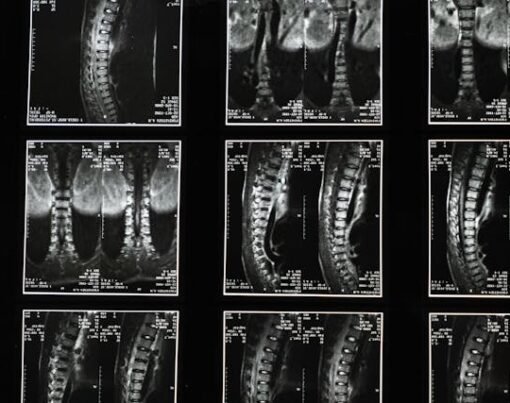Table of Contents
Breaking Down What Orthopedic Surgeons Do During the Typical Day
Orthopedic surgeons work with a wide variety of patients who are experiencing musculoskeletal issues that are unable to be resolved by an orthopedic doctor. For clarity, orthopedic doctors are generally the first wave of patient care when it comes to treating musculoskeletal issues such as pain in hands and fingers. Their methods include treating patients using holistic options, medical devices, over-the-counter and prescription medication, steroid injections, and more.
In the event that the methods used by an orthopedic doctor fail to resolve a patient’s issue, the patient may be referred over to an orthopedic surgeon for a more aggressive form of treatment. Orthopedic surgeons treat ligaments, tendons, muscles, joints, and bones, which makes them one of the more comprehensive types of surgeons.
However, in the life of an orthopedic surgeon, no two days are the same. Patients come in different varieties with a wide array of issues. The typical day of an orthopedic surgeon can be broken down into distinct segments.
Orthopedic Surgeon – Non-Surgical Tasks and Responsibilities
Much of what an orthopedic surgeon does takes place outside of the operating room. On a typical day, an orthopedic surgeon will perform consultations with patients who are candidates for surgery, study patient charts and conduct checkups, take phone calls, answer emails, and coordinate with the orthopedic doctors in their practice.
When working with patients, some of the most common areas that an orthopedic surgeon will examine include:
- Knees: MCL and ACL injuries/tears are one of the most common issues
- Shoulders: Rotator cuff injuries are extremely common, especially in athletes
- Spine: Patients may have spine issues from an injury or degenerative disease
- Hips: Repair of the femoral neck is one of the most common surgical procedures
- Ankles: Sprains and twists are incredibly common with athletes and recreational participants
- Wrists: Carpal tunnel and fractures are the most common conditions in patients
When an orthopedic surgeon examines a patient, they may ask the patient to use the joint while they feel outside of it for irregularities. Additionally, an orthopedic surgeon may order X-rays or an MRI to get a better idea of what’s happening with the joint or bone in question. This helps the orthopedic surgeon determine what (if any) type of surgery is needed.
Orthopedic Surgeon – Surgical Tasks and Responsibilities
There are two types of surgeries that an orthopedic surgeon performs: arthroscopic and traditional. Arthroscopic surgery utilizes a small incision to insert a pinhole-sized camera that can see inside the joint and projects the image on a monitor. Additionally, arthroscopic surgery uses small tools that are made to go through the incisions. The advantage of this type of surgery is that recovery time is usually minimal. In fact, many patients are allowed to go home the same day of their surgery.
By comparison, traditional (aka open) surgery makes a much larger incision. This gives the orthopedic surgeon much more clearance to operate on the joint or bone in question. Traditional surgery is used as a last resort because the recovery time is much longer compared to arthroscopic surgery. A traditional surgery may take several months to heal up and typically leaves behind significant scar tissue. It’s also not uncommon for someone who has undergone traditional surgery to require physical therapy afterwards.
Keeping that in mind, some of the most common surgeries performed by an orthopedic surgeon include:
- Osteotomy: A surgery that corrects bone deformities
- Internal fixation of bones: A surgery that puts bone fragments back together and secures them in place
- Soft tissue repair: A surgery that repairs tendons and torn ligaments
- Bone fusion: The process of grafting bones back together; can also be performed on the spine
- Revision joint surgery: The removal of an old or ineffective implant and replacing it with a new one
- Full or partial joint replacement procedures: Replacing a joint – either in part or in full – with a prosthetic joint that allows the patient to reclaim full mobility; this surgery can be performed through arthroscopy but sometimes requires open surgery
Finding an Orthopedic Surgeon Near You
There are a couple of reliable ways that you can go about finding an orthopedic surgeon near you. The first is to ask for a referral from your orthopedic doctor. If you’re currently seeing an orthopedic doctor for a particular issue, chances are, there’s an orthopedic surgeon in their practice or one that they personally know that they can refer you to.
The other way to track down an orthopedic surgeon near you is by using basic Internet search tactics. Search the phrase “orthopedic surgeon near me” or a similar term, and that should return several results that are within your direct vicinity. When it comes to Internet searches, make sure that you read reviews about the practice so that you can get a good idea of the quality of care you can expect.










